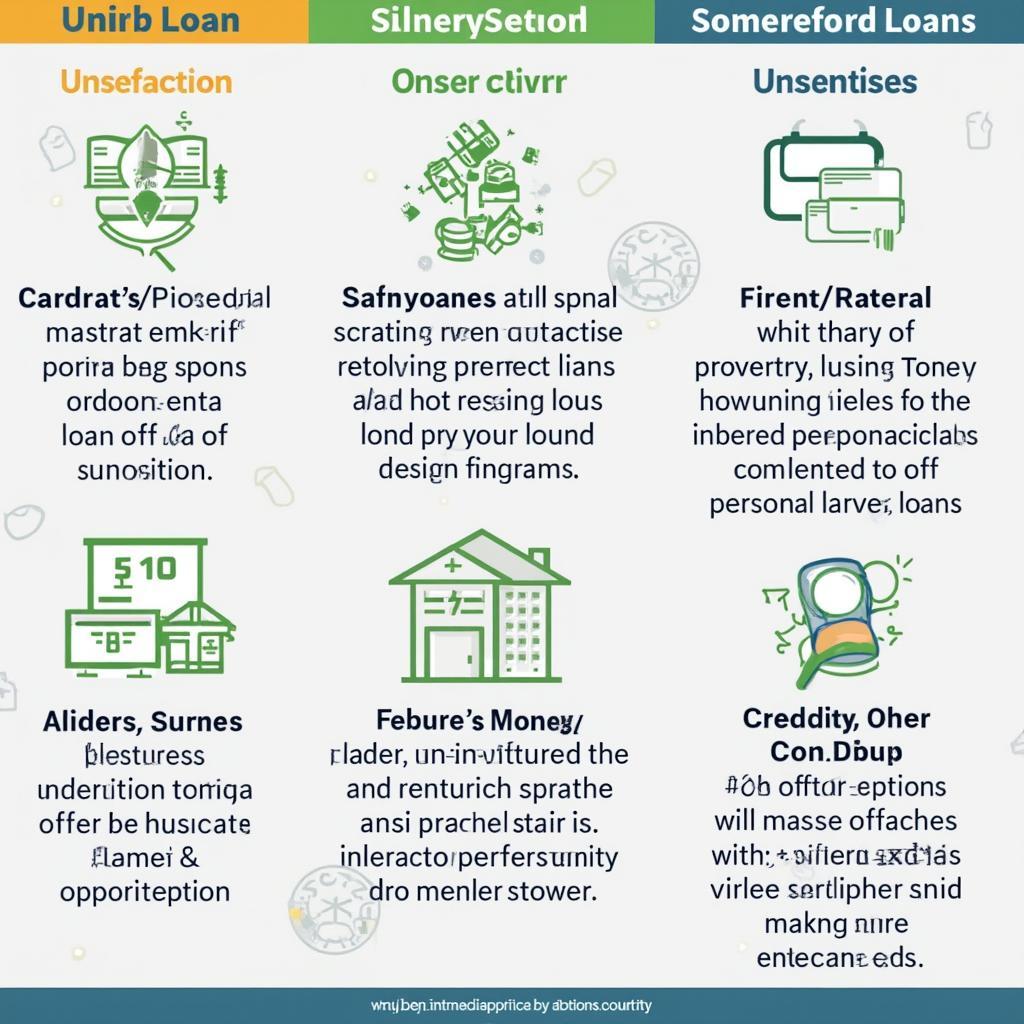
Loans in Forbearance: Navigating August 2024 and Beyond
Understanding the landscape of loans in forbearance as of August 2024 is crucial for borrowers and lenders alike. This article will explore the current situation, potential implications, and strategies for managing loans that are currently in forbearance or may be nearing the end of their forbearance period. We’ll delve into the various aspects of forbearance, including eligibility requirements, the application process, and the long-term financial impact.
What Does Loan Forbearance Mean in August 2024?
Loan forbearance is a temporary postponement or reduction of loan payments granted by a lender to a borrower facing financial hardship. In the context of August 2024, it’s important to understand how economic conditions and recent policy changes might affect forbearance options. Forbearance isn’t loan forgiveness; it simply provides a temporary reprieve. Eventually, the suspended payments will need to be repaid.
Understanding Eligibility for Loan Forbearance
Eligibility requirements for forbearance vary depending on the lender and the type of loan. Common reasons for granting forbearance include job loss, medical emergencies, and natural disasters. It’s essential to contact your lender directly to determine your specific eligibility criteria. Don’t wait until you’re already struggling to explore your options.
Types of Loans Eligible for Forbearance
Various types of loans may be eligible for forbearance, including mortgages, student loans, and auto loans. The specifics of the forbearance program, such as the duration and repayment options, can differ significantly based on the loan type and the lender’s policies.
Navigating the Forbearance Application Process
The application process generally involves contacting your lender and providing documentation to support your hardship claim. This might include proof of income loss, medical bills, or other relevant documents. Open communication with your lender is paramount throughout the entire process.
 Applying for Loan Forbearance in August 2024
Applying for Loan Forbearance in August 2024
“Proactively engaging with your lender is the most crucial step in navigating loan forbearance,” advises Ms. Lan Anh Nguyen, a Senior Financial Advisor at Saigon Finance. “Transparency and open communication can facilitate a smoother process and potentially lead to more favorable outcomes.”
Long-Term Implications of Loan Forbearance
While forbearance offers immediate relief, it’s vital to understand the long-term financial implications. Interest often continues to accrue during the forbearance period, which can increase the overall cost of the loan. Furthermore, the postponed payments will eventually need to be repaid, which could result in higher monthly payments or an extended loan term.
Strategies for Managing Loans in Forbearance
Developing a clear repayment plan is essential to successfully exit forbearance. This might involve creating a budget, exploring options for loan modification, or seeking guidance from a financial advisor.
“Understanding the various repayment options available after the forbearance period ends is crucial,” notes Mr. Minh Tuan Tran, a Certified Financial Planner at Hanoi Investment Group. “Exploring options like loan modification or refinancing can significantly impact your long-term financial well-being.”
Loans in Forbearance August 2024: Looking Ahead
The landscape of loans in forbearance continues to evolve. Staying informed about current regulations and economic conditions is crucial for making informed decisions.
 The Future of Loan Forbearance beyond August 2024
The Future of Loan Forbearance beyond August 2024
“Adaptability and proactive financial planning are key to navigating the challenges and opportunities presented by the evolving landscape of loan forbearance,” adds Ms. Phuong Mai Le, a financial analyst at Mekong Capital.
Conclusion
Navigating loans in forbearance in August 2024 requires careful planning and open communication with your lender. Understanding the implications, exploring available options, and developing a proactive repayment strategy are essential steps to successfully manage your financial obligations and ensure long-term financial stability. Remember to stay informed about the latest developments regarding loans in forbearance.
FAQ
- What happens after my loan forbearance period ends? You will need to resume making payments according to a new repayment plan agreed upon with your lender.
- Does forbearance hurt my credit score? Generally, forbearance itself doesn’t directly hurt your credit score, but missed payments before entering forbearance can have a negative impact.
- How long can I stay in forbearance? The length of forbearance varies depending on the lender, loan type, and your specific circumstances.
- Can I make partial payments during forbearance? Some lenders may allow partial payments during forbearance, which can help reduce the overall interest accrued.
- What if I can’t afford to resume payments after forbearance? Contact your lender immediately to discuss alternative options, such as loan modification or refinancing.
- Where can I find more information about loans in forbearance in August 2024? You can find more information on the Consumer Financial Protection Bureau website or by consulting with a certified financial advisor.
- What are the common reasons for loan forbearance requests? Common reasons include job loss, medical hardship, natural disasters, and other unexpected financial difficulties.




